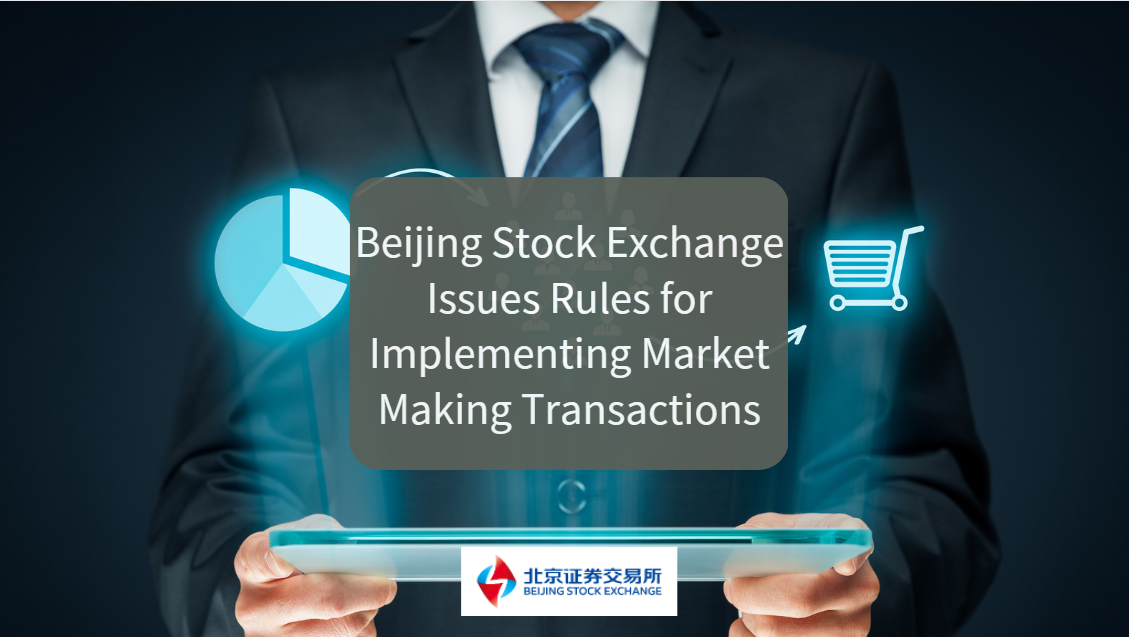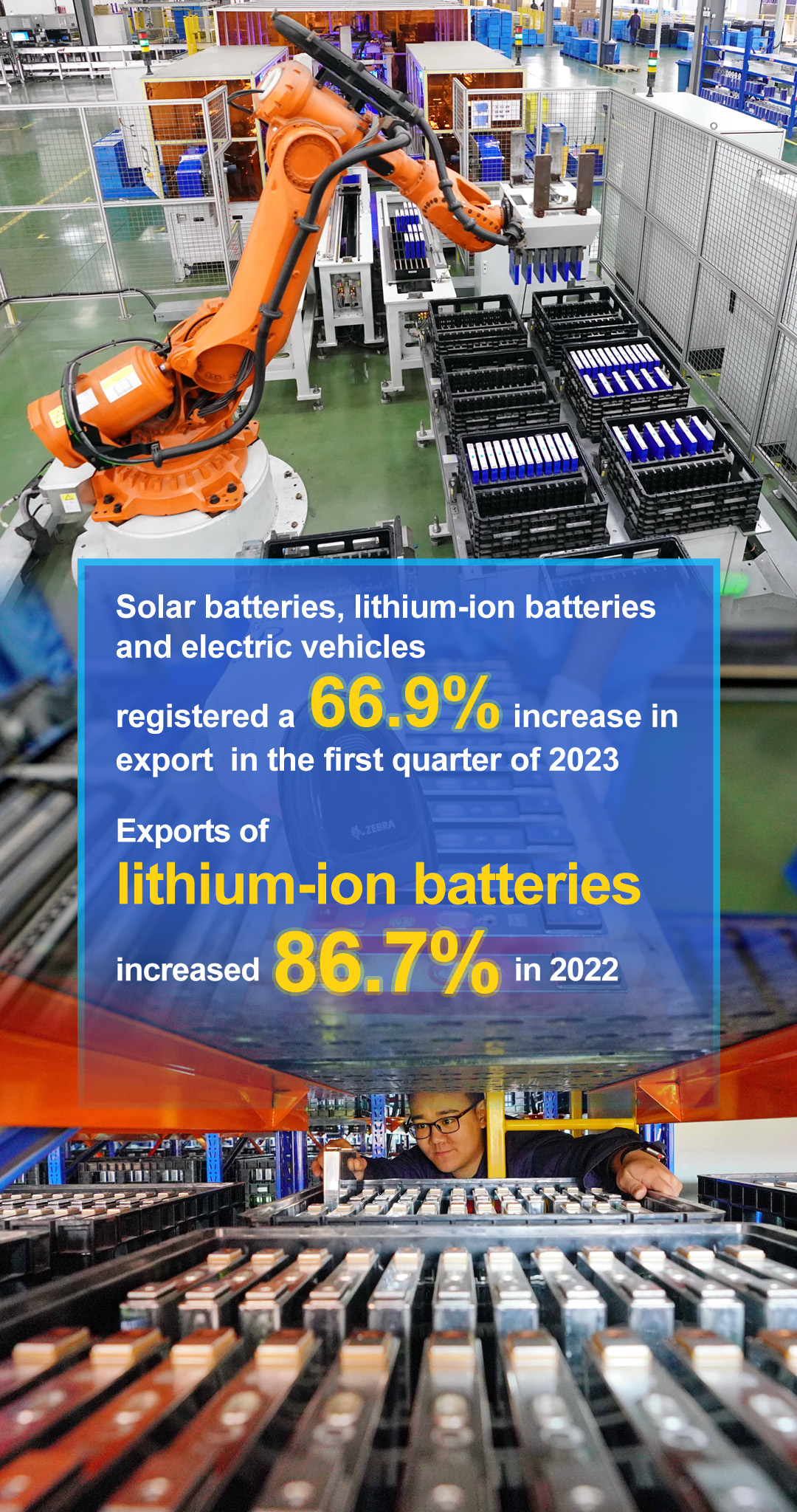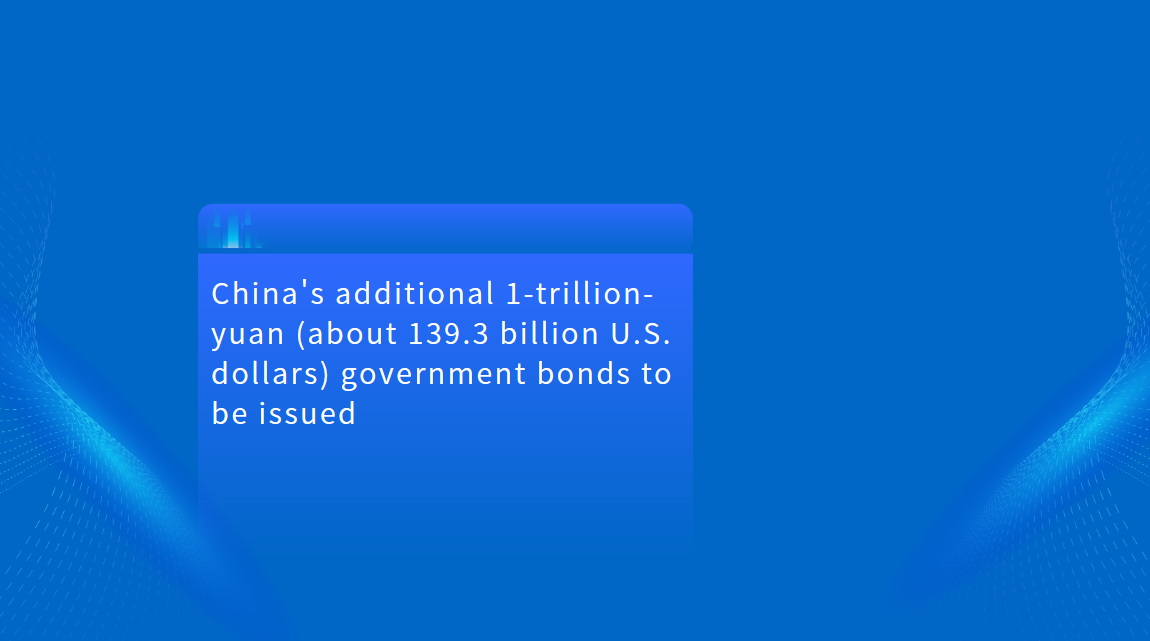Xizang's Foreign Trade Soars in 2024: A Rising Economic Player in Southwest China
Xizang, China's southwestern autonomous region, has shown remarkable growth in foreign trade in 2024, achieving a total trade value of 12.67 billion yuan ($1.77 billion), a 15.4% increase from the previous year. Exports reached 11.32 billion yuan, growing 15.3%, while imports grew 16.9% to 1.35 billion yuan. This trade growth highlights Xizang's expanding global trade footprint and its increasing importance in China's economic framework.
In terms of broader economic growth, Xizang's GDP rose by 6.3% in 2024, with a target of over 7% growth for 2025, and an ambitious 8% goal. As the region celebrates the 60th anniversary of its founding in 2025, it looks set to continue its upward trajectory, bolstered by sustained foreign trade expansion and strategic economic policies.
////
ONE

1. Expanding Trade Ties Globally:
Xizang's foreign trade ties have broadened to encompass 140 countries and regions. Nepal has become the region's largest trading partner, with trade between the two rising by an extraordinary 84.8%, totaling 5.12 billion yuan. Xizang's expanding trade network spans from South Asia to the Middle East, and its strong performance with neighboring countries like Nepal underscores its key role as a gateway for trade between China and South Asia.
2. Strong Role of Private Enterprises:
Private enterprises have become a dominant force in Xizang’s foreign trade, accounting for 98.6% of the total trade value in 2024. These businesses have capitalized on the region’s flexibility and innovation, contributing to a sharp rise in exports, particularly in specialized goods such as wool, cashmere, and high-tech products like new energy vehicles (NEVs) and lithium batteries. The increased dynamism of private enterprises highlights their ability to adapt and thrive in the competitive global market, especially in regions like Xizang that offer unique trade opportunities.
3. Emergence of Renewable Energy Exports:
2024 saw significant growth in the export of renewable energy products, marking a key development for Xizang. Exports of new energy vehicles (NEVs), lithium batteries, and solar products have been driven by rising demand in South Asia. NEV exports alone rose 144.82%, with over 11,800 units exported, valued at 1.55 billion yuan. As Xizang continues to focus on high-tech exports, especially in green technologies, the region is poised to become a significant supplier of clean energy solutions, aligning with global shifts toward sustainable development.
4. Boost from Border Trade and Customs Facilitation:
Xizang has capitalized on its strategic position as a bridge between China and South Asia, with 14 traditional border trade points reopening in 2024. Small-scale border trade reached 3.53 billion yuan, reflecting the region’s strengthening role in cross-border economic exchanges. Enhanced customs clearance procedures, including faster processing times and simplified logistics, have supported this growth, facilitating smoother trade flows with neighboring countries. These improvements in infrastructure and logistics not only increase the efficiency of trade but also attract further foreign investment in the region.
////
The Road Ahead for Xizang’s Foreign Trade
TWO

Looking forward, Xizang’s foreign trade is set to continue on a positive trajectory. The region's efforts to expand its trade relationships, particularly in renewable energy and high-quality specialized products, will strengthen its role in both national and international markets. The region’s foreign trade policies, which emphasize trade facilitation and the development of new markets, will continue to drive its economic integration, especially with South Asia.
Xizang’s growing infrastructure, combined with ongoing policy support, promises to unlock new opportunities for businesses and investors. The region's potential to become a hub for green energy exports, alongside its expanding trade network, positions it as a strategic location for future investment. The focus on high-value exports such as NEVs, lithium batteries, and solar products, along with the opening of additional border trade points, will only bolster Xizang’s position as a key trade and logistics hub in Southwest China.
////
Clearing Obstacles and Enhancing Financing Access
THREE
In the coming months, the NDRC intends to address critical issues faced by private enterprises, particularly around accessing affordable financing and resolving overdue payments. This is part of a larger effort to create a more accessible and efficient market environment, wherein local governments and state-owned enterprises (SOEs) are held accountable for addressing these concerns. The government has already initiated policies such as local government special bonds to help clear overdue payments, which have been a persistent issue for private firms.
////
Implications for Global Investors
FOUR
For international businesses and investors, China’s ongoing market reforms signal a more favorable environment for entering and operating within the country. By removing entry barriers and fostering private sector innovation, China is creating new opportunities for foreign capital, especially in sectors previously dominated by state-owned enterprises. The focus on high-tech industries and infrastructure could present lucrative avenues for foreign investors looking to capitalize on China's drive towards modernization and technological advancement.
Furthermore, as private enterprises are encouraged to take on a more significant role in the country’s economic development, international investors can expect a more dynamic and competitive market in China. This shift not only enhances the potential for collaboration with Chinese firms but also opens up prospects for joint ventures, partnerships, and other business models that integrate the strengths of both domestic and international players.
////
A Unified, Open, and Competitive Market
FIVE
The Chinese government’s efforts to revise its market access policies and enhance the role of the private sector are expected to culminate in a more unified, open, and competitive market system. For foreign business professionals, this evolving landscape provides a promising framework to engage with one of the world’s largest and most influential economies. As China continues to implement these reforms, global companies should closely monitor the developments, as they offer a glimpse into the future of business in the country—one where private enterprises, innovation, and international collaboration are set to play a pivotal role.
As China’s market access negative list continues to evolve, the message is clear: the country is opening up to new possibilities. For global investors and private enterprises, this shift could mark the beginning of an exciting new chapter in Sino-foreign business relations.





















































First, please LoginComment After ~